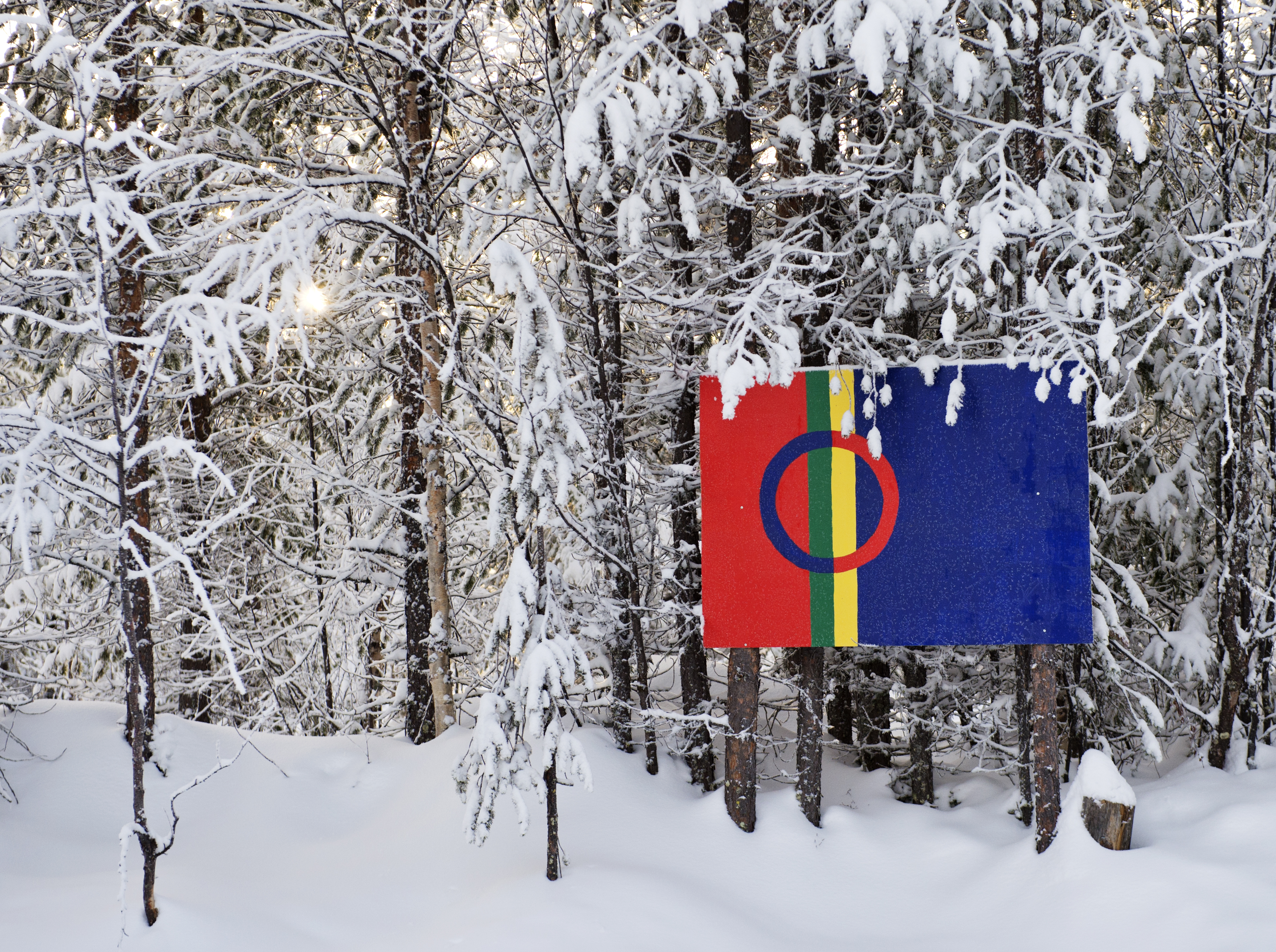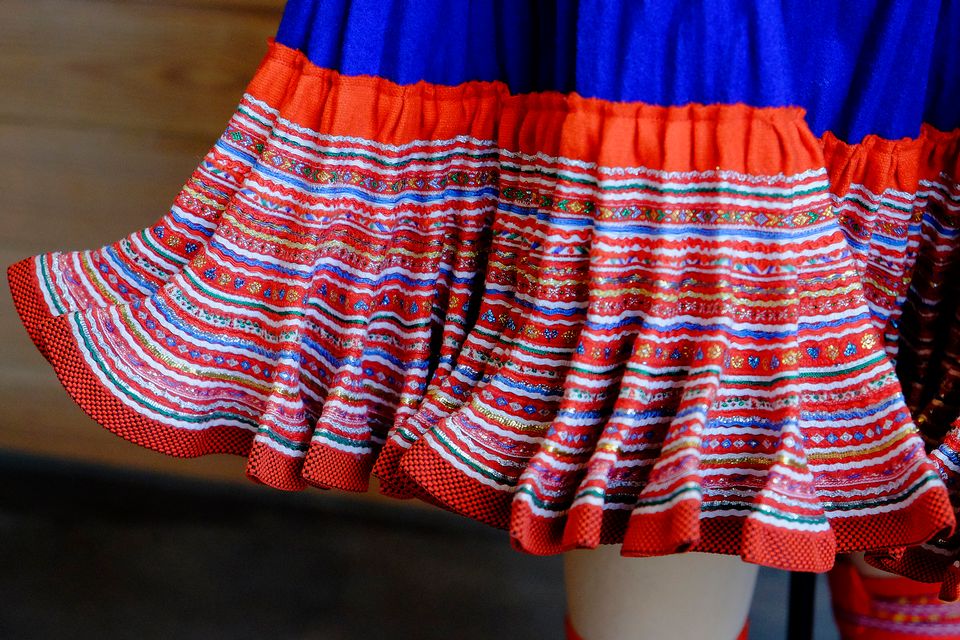National Sámi Day celebrated across several nations

Tuesday marks the commemoration of national Sámi Day, a celebration held across Finland, Sweden, Norway and Russia on the 6th of February.
The official commemoration of Sámi Day in Finland is still relatively young as the national day was only officially marked into the national calendar in 2004. The 1992 Sámi conference in Helsinki designated 6 February as the Sámi national day, but the roots of the celebration stretch back to 1917.
It was in 1917 when the first Nordic Sámi conference met in Trondheim, Norway, under the leadership of Elsa Laula Renberg. The conference was held to discuss Sámi living conditions such as freedom of movement, land use, reindeer herding, and education related questions.
The political awakening of the Sámi can be traced back to that 1917 conference in Trondheim, as it marked the beginning of cross-border cooperation between the Sámi, after which their presence continued to grow.
An abundance of color
The flag is made up of the traditional colors red, blue, yellow and green, with the red and blue symbolizing the sun and the moon respectively. The Gákti is another Sámi symbol that shares the same colors
The flag was accepted as the official flag of the Sámi on the 15th of August 1986 during the 13th Sámi conference in Åre. The Sámi Conference acts as the highest body of the Sámi Council, meeting every four years.

As the traditional Sámi reside accross four countries, there are various Sámi languages spoken and each area and family symbols can be noted on their personal Gáktis. But whilst the clothes and languages may vary, all Sámi share the same national day, flag and anthem.
The Sámi are the only recognized indigenous people inside the European Union, with an estimated 10,000 Sámi living in Finland, and around 100,000 combined between Finland, Sweden, Norway and Russia.
An uncertain but hopeful future
The relationship between the Sámi in Finland and the Finnish state has oftentimes been a strained one, with a series of ongoing disputes regarding topics of land rights, education, and the right to self-determination often in the spotlight. These are also topics often disputed in relation to the un-ratified ILO-169 convention, an act that would improve the rights of the indigenous Sámi in Finland.
In her 2018 Sámi day speech Tiina Sanila-Aikio, president of the Finnish Sámi Parliament, emphasized the importance of the land to Sámi. She noted that for the Sámi culture to continue living on for future generations, it is vital that the land and waters are treated in a way that supports and sustains life.
Related stories from around the North:
Canada: Economic development in the North: The taboo no one wants to talk about, Blog by Heather Exner-Pirot
Greenland: What the EU seal ban has meant for Inuit communities in the Arctic, Eye on the Arctic
Finland: Could we eventually see an Arctic Free Trade Zone?, The Independent Barents Observer
Norway: Establishment of Álgu Fund marks new beginning in Arctic Council, indigenous peoples say, The Independent Barents Observer
Russia: Building new state governance in Russian Arctic, The Independent Barents Observer
Sweden: Appeal court: Samis have ‘better right’ than Swedish state to control hunting and fishing on its land, Radio Sweden
United States: When US Senators listen to Arctic voices, only some resonate, Alaska Public Media



